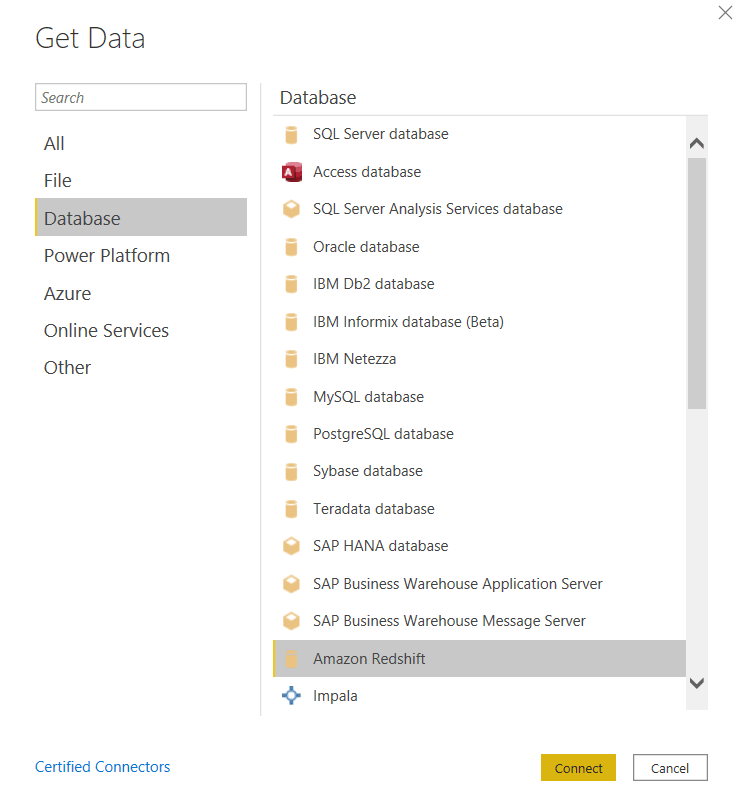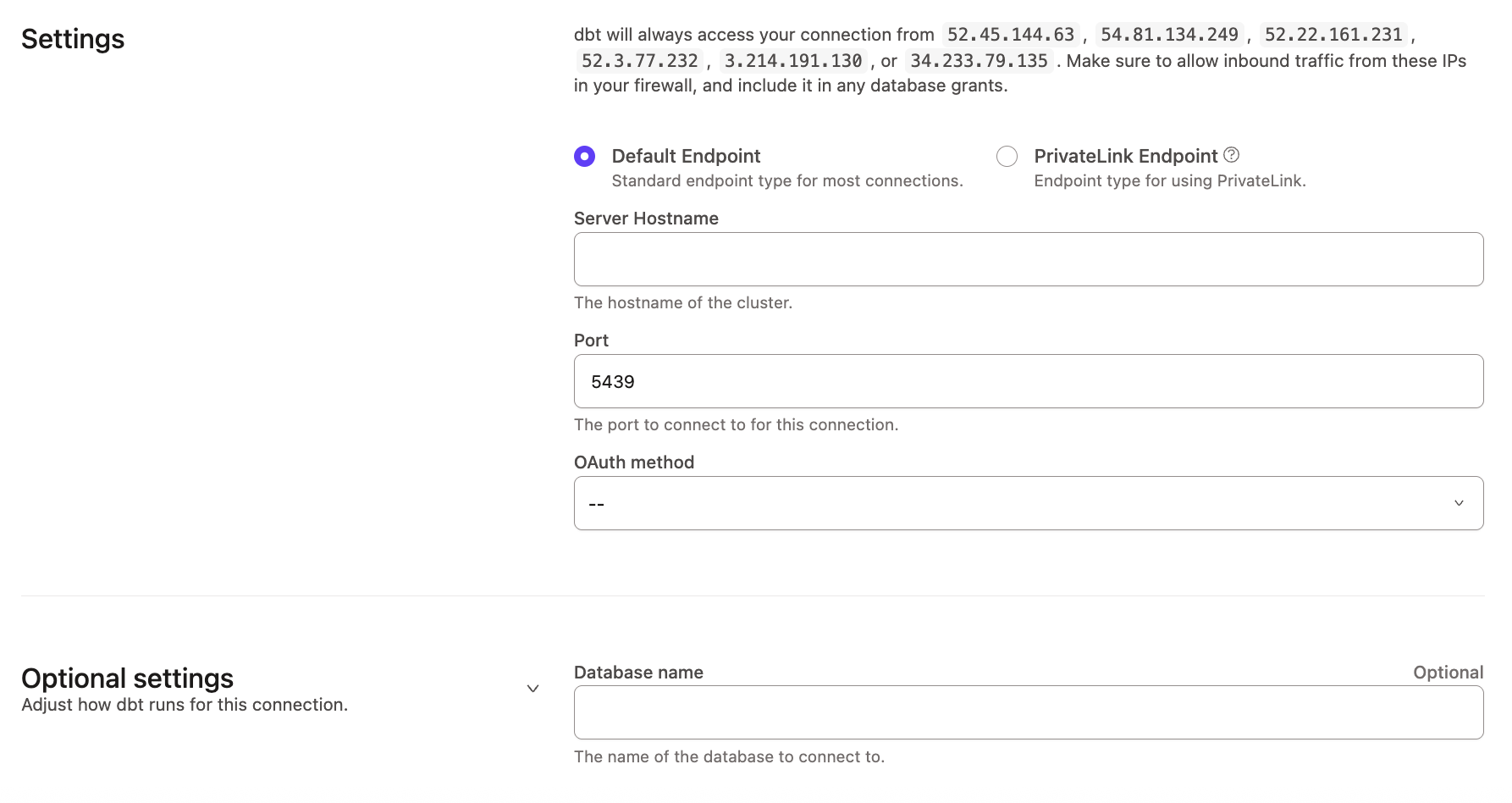

There is no hierarchy in the privileges model, which means that you can’t set “sub-groups” that inherit privileges from other groups. This will give you the following settings, where you can see a user in each group as well as the ‘marketing_and_sales’ power user belonging to both groups: SELECT usename AS user_name, groname AS group_name FROM pg_user, pg_group WHERE pg_esysid = ANY (pg_olist) AND pg_oname in ( SELECT DISTINCT pg_oname from pg_group) We can then assign selected “power users” with access to both groups.Īn example of setting group privileges in Redshift: A user inherits the privileges from the group (or groups) they belong to.This means that, if we have a sales group and a marketing group, we can assign salespeople to the sales group and marketing employees to the marketing group. Groups can be viewed as roles and can therefore be assigned to users.

access to tables) are tightly coupled with the DB engine itself, and are configured via Redshift SQL commands. The privileges to access specific objects (i.e.
:max_bytes(150000):strip_icc()/ScreenShot2022-02-17at1.15.08PM-5b808a87cdd642bf916e956bbf67cec4.png)
You can either manage your users and groups within Redshift, or use AWS IAM users assigned via the connection string. Managing Redshift access across users, roles and groups This will limit your options for more granular control, preventing you from allowing access to specific securable objects (databases, tables, views, columns or rows) or only granting certain IP addresses access to specific sensitive data. Note that, when setting network access on Redshift, you’re setting your connectivity to the entire cluster. Redshift’s network configuration settings are more or less identical to access configuration of other AWS resources and will not be covered in this specific guide. This is where you can set cluster connectivity, limitations within your VPC or whether it opens publicly or through a VPN. Network access control in AWS Redshift is managed by the network infrastructure configuration in your AWS account. Identity management integration for federation.Privilege violation logging & monitoring in AWS Redshift.Access logging & monitoring in AWS Redshift.Managing Redshift access across users, roles and groups.If you already manage user identities outside of AWS, you may use IAM identity providers instead of creating IAM users in your AWS account. Temporary access is also available via specific connection strings using AWS IAM users. Database access, meted out per securable object (database, table, column or view) and configured by SQL GRANT & CREATE commands.This is based on CIDR (Classless Inter-Domain Routing) security groups. Cluster connectivity, meaning the network access control.These operations are controlled by AWS security credentials and can be carried out by IAM users from the console or by API. Cluster management, meaning the ability to create, configure and delete the infrastructure itself (i.e.Its access control can be broken down into the following three areas: It’s based on modified PostgreSQL and provided by AWS. Redshift is the world’s most popular cloud data warehouse solution and is currently utilized by tens of thousands of organizations worldwide.

For a table or column to successfully replicate from the source to the target, your data structure must adhere to the supported Amazon Redshift data types.This is part of our complete Amazon Redshift Guide. Here at Integrate.io, we replicate your data from Amazon RDS to Amazon Redshift in near real-time, but unfortunately, we cannot support all of the source data types due to the current limitations of Amazon Redshift. Many of our customers have a variety of data sets with different data types coming from different sources.


 0 kommentar(er)
0 kommentar(er)
